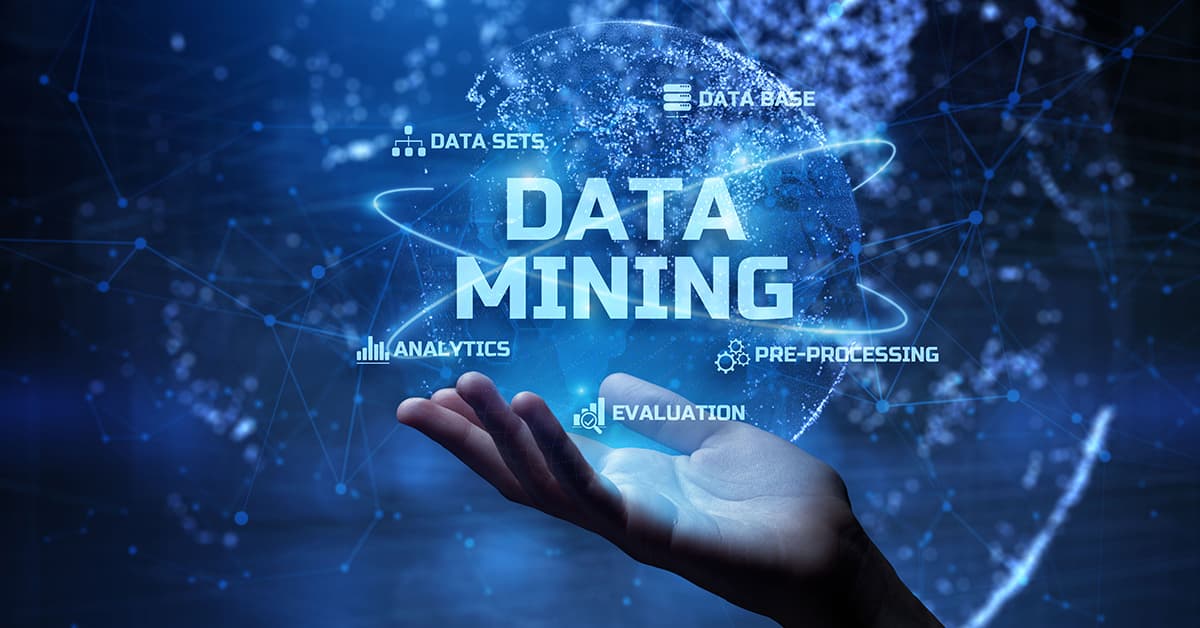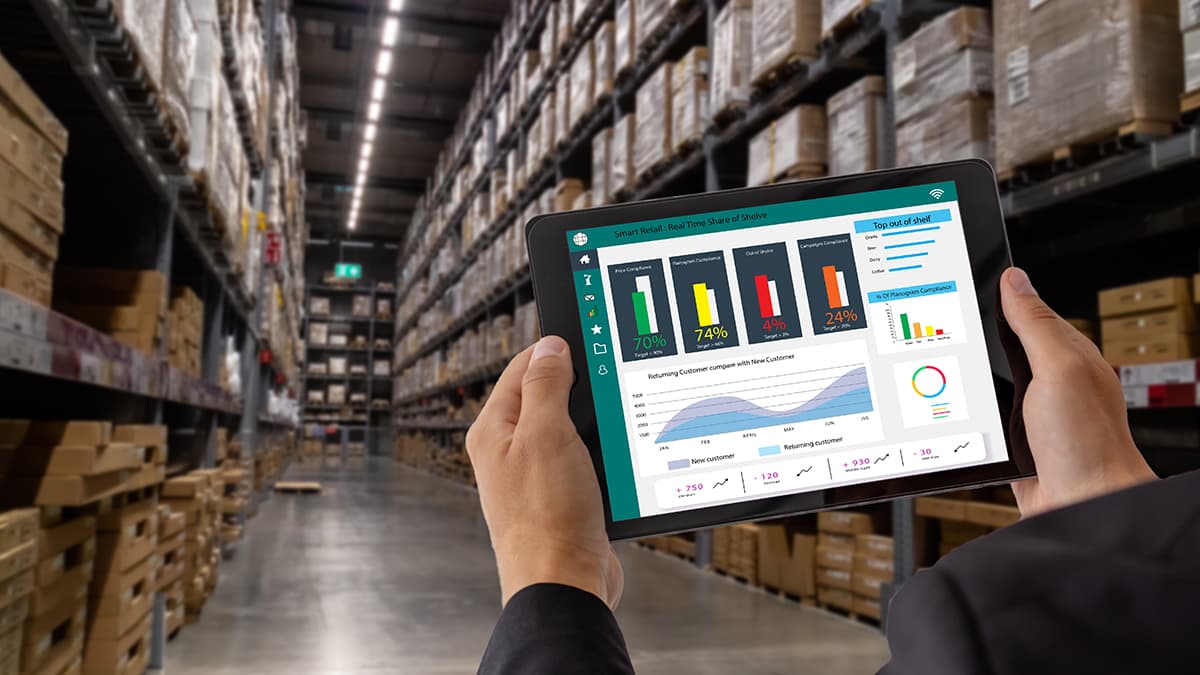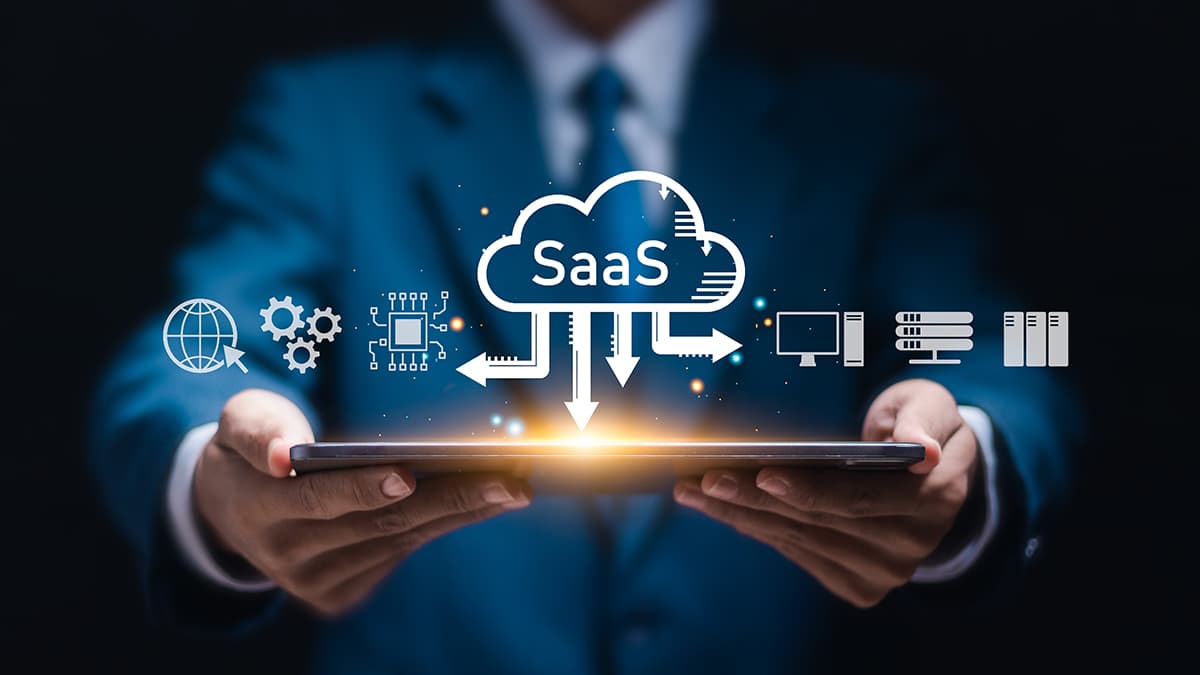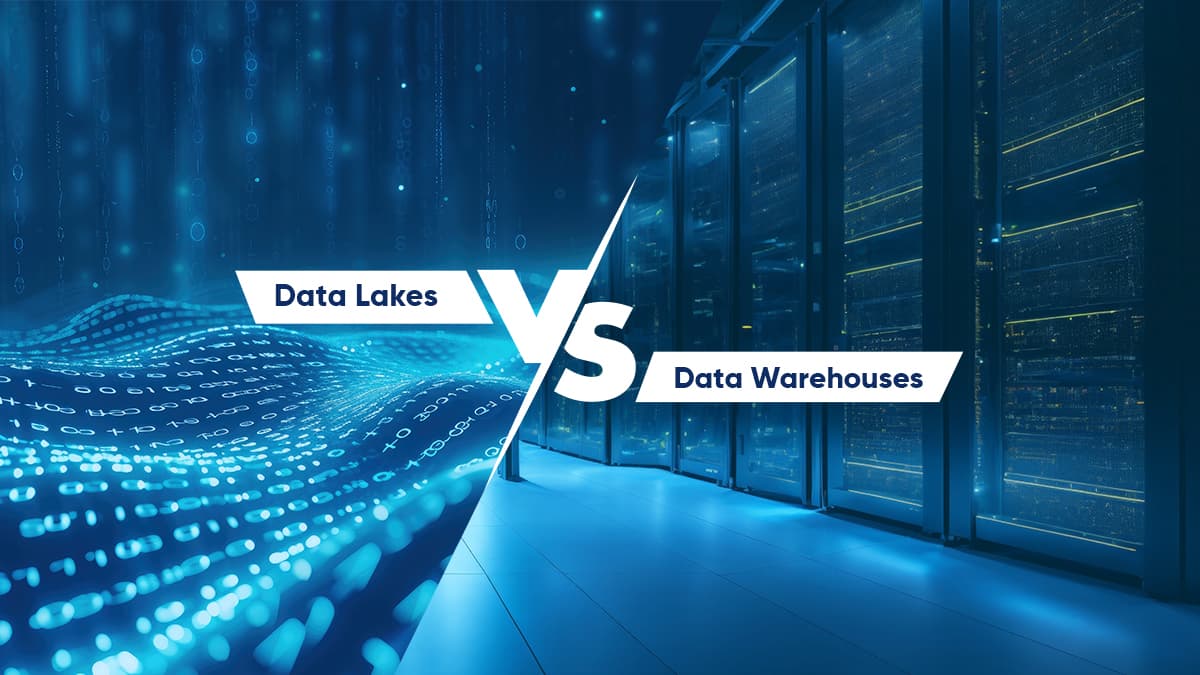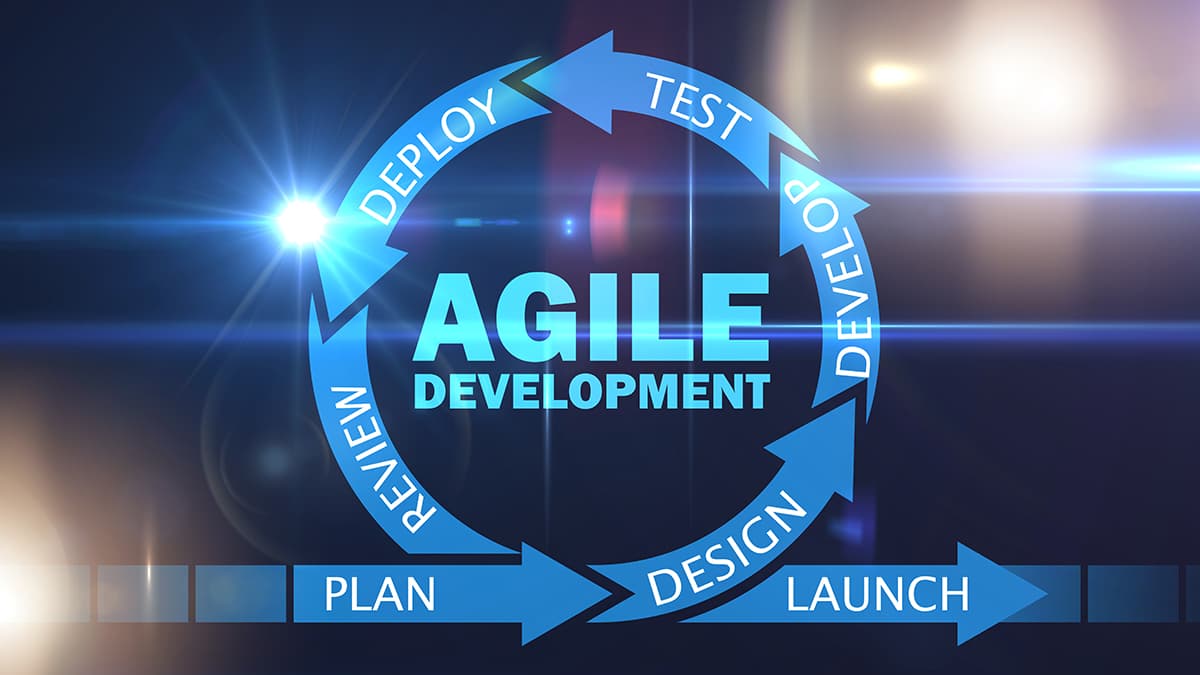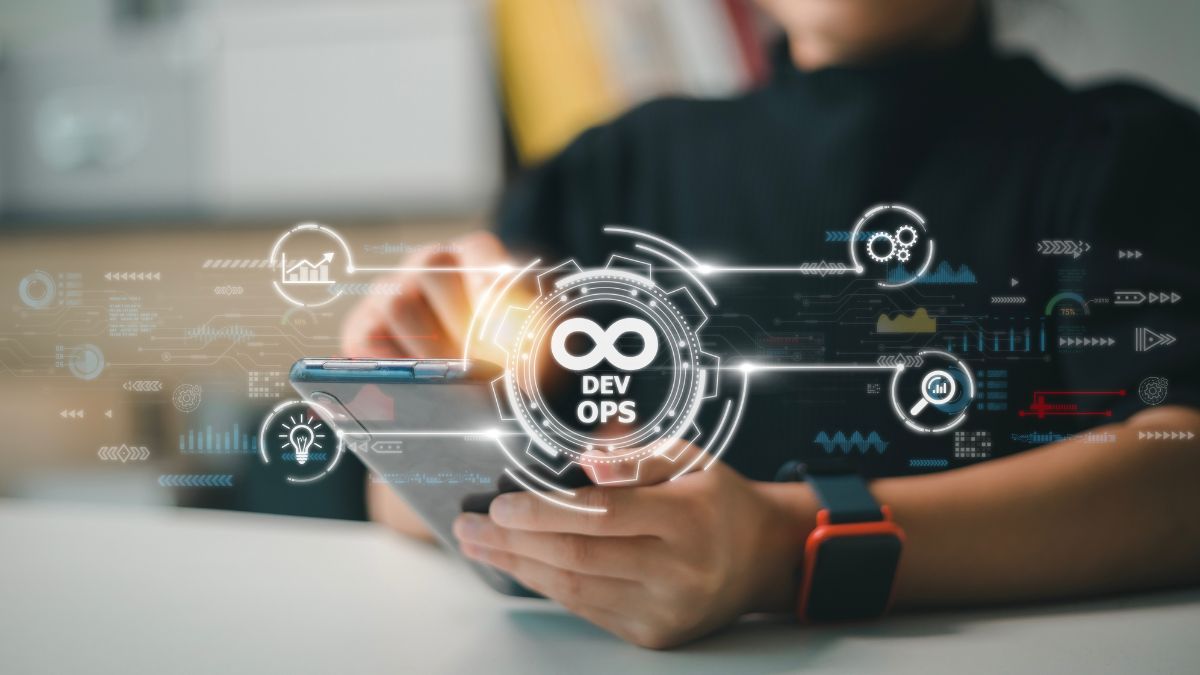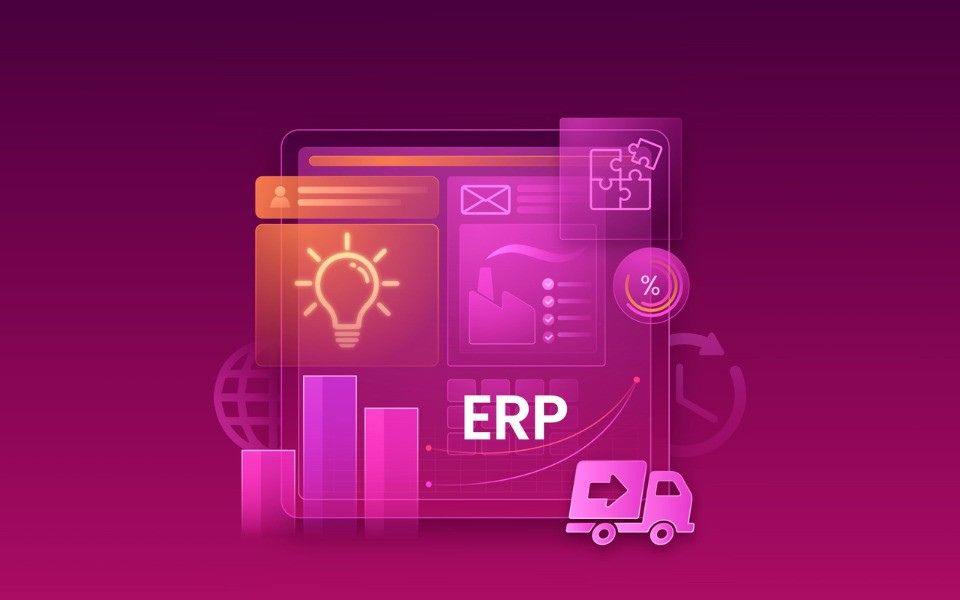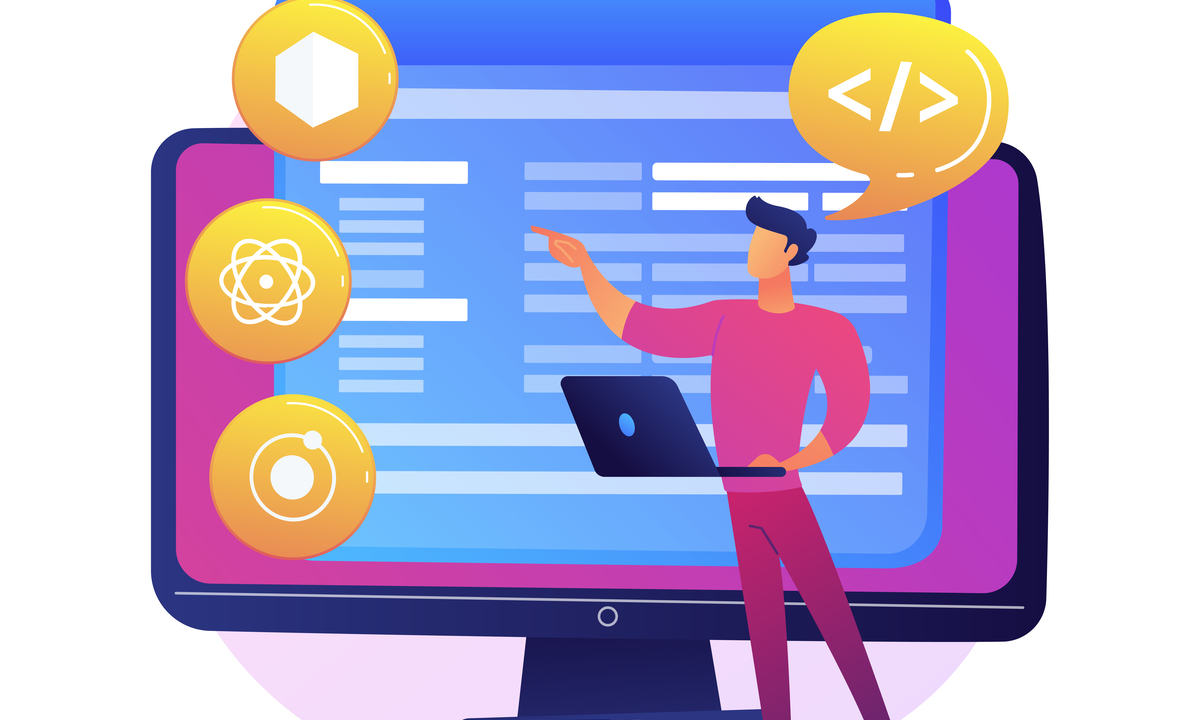
Introduction
Imagine turning raw data into a goldmine of actionable insights that drive revenue, optimize operations, and outpace competitors. That’s the power of data mining in business intelligence (BI). For B2B enterprises, where decisions hinge on precision and speed, data mining isn’t just a tool—it’s a game-changer.
Let’s dive into what it is, how it works, and why it’s critical for your business in today’s data-driven landscape.
_1744370513.jpeg)
What is Data Mining in Business Intelligence?
Data mining is the process of extracting patterns, correlations, and anomalies from vast datasets using advanced algorithms and statistical techniques. In the context of business intelligence, it transforms raw data—think CRM records, ERP transactions, or supply chain logs—into meaningful insights that inform strategic decisions.
Unlike traditional BI reporting, which often focuses on historical summaries, data mining digs deeper to predict trends, uncover hidden relationships, and enable proactive strategies.
For B2B companies, this means moving beyond “what happened” to “what’s next.” Whether you’re a SaaS provider analyzing churn or a manufacturer optimizing inventory, data mining bridges the gap between data overload and actionable intelligence.
How Data Mining Works: The Technical Backbone
Data mining in BI isn’t magic—it’s a structured process powered by technology. Here’s how it unfolds:
1. Data Collection and Preparation: It starts by aggregating data from disparate sources—databases, APIs, IoT devices, or third-party platforms. This raw data is then cleaned, normalized, and structured to remove noise (e.g., duplicates, and missing values) and ensure consistency.
2. Algorithm Selection: Depending on the goal, specific algorithms are deployed:
• Clustering: Groups similar data points (e.g., segmenting customers by behavior).
• Classification: Predicts categories (e.g., identifying high-value leads).
• Association Rule Mining: Finds relationships (e.g., “customers who buy X also buy Y”).
• Regression: Forecasts numerical outcomes (e.g., sales projections).
3. Pattern Extraction: Machine learning models or statistical methods analyze the data, identifying trends or anomalies. For instance, a logistics firm might use regression to predict delivery delays based on weather and traffic data.
4. Visualization and Interpretation: Results are fed into BI tools (e.g., Tableau, Power BI) for dashboards or reports, making insights accessible to decision-makers.
5. Iteration: The process is refined continuously as new data flows in, ensuring relevance.
This technical workflow is scalable, whether you’re handling terabytes of transactional data or real-time streams from IoT sensors.
_1744370630.jpeg)
Key Techniques in Data Mining for BI
To maximize value, B2B firms leverage a range of data mining techniques:
• Predictive Analytics: Leverages historical data to forecast outcomes. Example: A software vendor predicts which clients are likely to renew based on usage patterns.
• Text Mining Extracts insights from unstructured data, such as emails or contracts. For example, a procurement team identifies negotiation trends in vendor correspondence.
• Anomaly Detection: Flags outliers that could signal fraud or operational issues. Example: A distributor spots unusual payment delays in accounts receivable.
• Market Basket Analysis Uncovers product or service bundling opportunities. For example, a hardware supplier learns that 70% of clients buying servers also purchase maintenance contracts.
These techniques aren’t standalone—they integrate with BI platforms to deliver a 360-degree view of your business ecosystem.
Why Data Mining Matters in B2B BI
The B2B landscape is complex—long sales cycles, high-stakes deals, and razor-thin margins demand precision. Data mining delivers:
1. Competitive Edge: By predicting market shifts or customer needs, you stay ahead. A Gartner report notes 61% of enterprises are rethinking analytics models due to AI-driven disruption—data mining is at the core of this evolution.
2. Operational Efficiency: Identify bottlenecks or redundancies. For example, a logistics firm might use clustering to optimize delivery routes, cutting fuel costs by 15%.
3. Revenue Growth: Highlights upsell opportunities or high-value segments. A SaaS provider could use classification to target enterprises that are likely to upgrade to premium tiers.
4. Risk Mitigation: Detect fraud, compliance gaps, or supply chain risks early. Anomaly detection could save millions by flagging irregular transactions in real time.
In short, data mining turns data into a strategic asset, not just a record-keeping burden.
Real-World Applications in B2B
Let’s ground this in reality with B2B examples:
• SaaS Companies: Use predictive analytics to reduce churn by identifying at-risk clients based on usage drops or support ticket spikes.
• Manufacturing: Apply regression to forecast demand, minimizing overproduction and inventory costs.
• Financial Services: Leverage text mining to analyze contracts for compliance risks or negotiation leverage.
• Distributors: Use market basket analysis to bundle products, boosting average order value by 20%.
These use cases show data mining’s versatility across industries, making it a must-have for BI stacks.
Challenges in Implementing Data Mining
No technology is without hurdles. Here’s what B2B firms face:
• Data Quality: Garbage in, garbage out. Inconsistent or incomplete data undermines results.
Solution: Invest in robust ETL (Extract, Transform, Load) processes.
• Skill Gaps: Data mining requires expertise in statistics, machine learning, and BI tools.
Solution: Partner with vendors or upskill teams.
• Scalability: Handling massive datasets demands infrastructure like cloud platforms (e.g., AWS, Azure, etc).
Solution: Opt for scalable BI solutions with built-in data mining capabilities.
• Privacy and Compliance: Regulations like GDPR or CCPA restrict data usage.
Solution: Implement strict access controls and anonymization.
Overcoming these ensures data mining delivers ROI without headaches.
Integrating Data Mining with BI Tools
Data mining doesn’t operate in a vacuum—it thrives within BI ecosystems. Modern platforms like Odoo BI, Microsoft Power BI, or Tableau integrate mining seamlessly:
• Real-Time Processing: Tools like Apache Kafka feed live data into mining models, enabling instant insights.
• Visualization: Dashboards turn complex patterns into digestible graphs or heatmaps.
• Automation: Pre-built algorithms in BI platforms reduce setup time for non-technical users.
For B2B firms, this integration means faster deployment and broader adoption across teams—finance, sales, operations, and beyond.
Future Trends: Where Data Mining in BI is Headed
The field is evolving rapidly, and B2B leaders should watch these trends:
• AI and Machine Learning: Self-learning models will make predictions more accurate, reducing manual tuning.
• Real-Time Data Mining: Technologies like Change Data Capture (CDC) will enable instant stream data analysis.
• Augmented Analytics: Natural language processing (NLP) will let users query data in plain English, democratizing access.
• Edge Computing: Mining at the data source (e.g., IoT devices) will cut latency for time-sensitive decisions.
Staying ahead of such trends gives your business a competitive edge as a leader, not a follower.
How to Get Started
Ready to harness data mining in your BI strategy? Here’s a roadmap:
1. Assess Your Data: Audit existing sources—CRM, ERP, financial systems—to identify mining opportunities.
2. Define Goals: Want to boost sales? Cut costs? Start with clear KPIs.
3. Choose Tools: Pick a BI platform with strong mining features (e.g., Odoo, SAS, or others).
4. Pilot a Project: Test with a small dataset, like customer segmentation, to prove value.
5. Scale Up: Expand to enterprise-wide use with cloud infrastructure and training.
Partnering with a BI vendor can accelerate this, blending expertise with your domain knowledge.
Conclusion
Data mining in business intelligence isn’t a luxury—it’s a necessity for B2B firms aiming to thrive in a competitive, data-rich world. From predicting trends to optimizing operations, it’s the key to turning data into dollars. Ready to unlock its potential?
Contact us today to explore how data mining can transform your BI strategy.
Want to start a project?
Get your Free ConsultationOur Recent Blog Posts

© 2025 CSM Tech Americas All Rights Reserved


